HDPE (High-density polyethylene) drainage pipes are increasingly becoming popular among homeowners, contractors, and engineers for their durability, ease of installation, and cost-effectiveness. These pipes are ideal for a range of drainage applications, including agricultural drainage, stormwater management, and wastewater treatment plants. If you are considering HDPE drainage pipe for your project, there are several factors to consider to ensure you select the right product for your needs. In this guide, we will explore the key considerations when selecting and installing HDPE drainage pipe.
Table of Contents
1. What are the advantages of using HDPE drainage pipe over other materials like PVC or concrete?
1. What are the advantages of using HDPE drainage pipe over other materials like PVC or concrete?
HDPE drainage pipes offer several advantages over other materials such as PVC or concrete. Some of these advantages include:
1. Durability: HDPE pipes are highly resistant to corrosion, abrasion, and chemical attack, making them suitable for use in harsh environments and aggressive soils.
2. Lightweight: HDPE pipes are much lighter than concrete pipes, making them easier and cheaper to transport, handle, and install.
3. Flexibility: HDPE pipes are flexible and can withstand significant deformation without breaking, making them ideal for use in areas with high levels of ground movement or seismic activity.
4. Longer lifespan: HDPE pipes have a longer service life than most other types of drainage pipes, typically lasting for up to 50 years or more.
5. Cost-effective: HDPE pipes are relatively inexpensive compared to other materials, particularly when you consider their longer lifespan and lower maintenance costs.
6. Environmentally friendly: HDPE pipes are 100% recyclable and have a low carbon footprint, making them a more sustainable choice than PVC or concrete pipes.
Overall, the unique combination of durability, flexibility, and cost-effectiveness makes HDPE drainage pipes an attractive choice for a range of drainage applications.
2. What is the expected lifespan of HDPE drainage pipe, and how does it compare to other types of drainage pipe?
The expected lifespan of HDPE (high-density polyethylene) drainage pipe is typically up to 50 years or more, depending on the application and conditions of use. This is much longer than other types of drainage pipes such as PVC or concrete, which typically have a lifespan of around 25-30 years.
HDPE pipes are known for their durability, toughness, and resistance to corrosion, abrasion, and chemical attack. They are also highly flexible and can withstand significant deformation without cracking or breaking, which makes them ideal for use in areas with high levels of ground movement or seismic activity.
In addition, HDPE pipes are relatively easy to install and require less maintenance than other types of drainage pipes, which helps to reduce the overall cost of ownership over the life of the system.
Overall, the longer lifespan of HDPE drainage pipes, combined with their other benefits, makes them an attractive choice for a range of drainage applications, from agricultural drainage to stormwater management systems and wastewater treatment plants.
3. How does the installation process for HDPE drainage pipe differ from other types of drainage pipe, and what equipment is needed?
The installation process for HDPE (high-density polyethylene) drainage pipe differs from other types of drainage pipe in a few ways. Here are some of the key differences:
1. Trenching: HDPE pipes require a wider trench than other types of pipes to accommodate their larger diameter and allow for proper installation.
2. Bedding: HDPE pipes must be placed on a proper bedding material such as crushed stone or sand to prevent damage to the pipe and ensure proper alignment.
3. Joining: HDPE pipes are typically joined using heat fusion techniques, such as butt fusion or electrofusion. These methods involve heating the ends of the pipes and then fusing them together to form a strong, leak-proof joint. Other types of pipes may use mechanical joints or adhesives for joining.
4. Equipment: To install HDPE pipes, you will need specialized equipment such as a fusion machine, pipe cutter, and bead removal tool. These tools are necessary for cutting and joining the pipes and ensuring a proper installation.
Overall, the installation of HDPE drainage pipe requires more specialized equipment and expertise than other types of drainage pipes. However, with the right tools and techniques, HDPE pipes can be installed quickly and easily, providing a long-lasting, reliable solution for a range of drainage applications.
4. What types of joints and connections are available for HDPE drainage pipe, and what are the pros and cons of each?
There are several types of joints and connections available for HDPE (high-density polyethylene) drainage pipes, each with its own advantages and disadvantages. Here are some of the most common types:
1. Butt Fusion: This method involves heating the ends of two pipes and then fusing them together to form a strong, leak-proof joint. Butt fusion is considered the most reliable and permanent joining method for HDPE pipes, but it requires specialized equipment and trained personnel to perform.
2. Electrofusion: Electrofusion is a method of joining HDPE pipes that uses specialized fittings with embedded heating elements to melt and fuse the pipes together. This method is faster and easier than butt fusion, but it requires special fittings and equipment.
3. Mechanical Couplings: These are connectors that join two pipes together using a compression gasket or locking mechanism. Mechanical couplings are easy to install and require no special equipment, but they are more susceptible to leaks and joint failure than fusion joints.
4. Flanged Connections: Flanged connections use a pair of flanges that are bolted together to join two pipes. This method is commonly used for larger diameter pipes and provides a strong, leak-proof joint. However, it requires more space and specialized equipment to install.
5. Transition Fittings: These fittings are used to connect HDPE pipes to other types of pipes or materials such as PVC or steel. They allow for a secure and reliable joint between different pipe materials.
The choice of joint or connection method will depend on several factors such as the application, pipe diameter, and installation requirements. Butt fusion and electrofusion are generally considered the most reliable and permanent joining methods for HDPE pipes, while mechanical couplings and flanged connections are easier to install but may be more susceptible to leaks and joint failure. Transition fittings provide a secure and reliable joint between different pipe materials. It is important to consult with a qualified engineer or contractor to determine the best joint or connection method for your specific application.
5. How does the cost of HDPE drainage pipe compare to other types of drainage pipe, and what factors influence the overall cost?
The cost of HDPE (high-density polyethylene) drainage pipe can vary depending on several factors, including the diameter and length of the pipe, the application, and the location of the project. However, in general, HDPE pipes are comparable in cost to other types of drainage pipes such as PVC or concrete.
One of the main advantages of HDPE pipes is their longer lifespan and lower maintenance requirements, which can result in lower overall costs over the life of the system. Additionally, because HDPE pipes are lightweight and easy to handle, they can reduce installation costs by requiring less heavy equipment and labor compared to other types of pipes.
Other factors that can influence the cost of HDPE pipes include the cost of raw materials, transportation, and any specialized equipment or accessories required for installation. For example, the cost of fusion machines and other tools can add to the overall cost of installing HDPE pipes.
In summary, while the initial cost of HDPE drainage pipe may be comparable to other types of drainage pipes, its longer lifespan and lower maintenance requirements can result in lower overall costs over the life of the system. It is important to consult with a qualified engineer or contractor to determine the most cost-effective solution for your specific drainage needs.
6. What types of applications is HDPE drainage pipe commonly used for, and what are the specific advantages in those applications?
HDPE (high-density polyethylene) drainage pipe is commonly used in a variety of applications due to its unique properties and advantages. Here are some of the most common applications for HDPE drainage pipe:
1. Stormwater Management: HDPE pipes are ideal for stormwater management systems due to their high flow capacity and resistance to corrosion, abrasion, and chemical damage. Additionally, HDPE pipes can be installed in shallow trenches, reducing excavation costs and disturbance to the environment.
2. Landfills and Leachate Collection: HDPE pipes are commonly used in landfill and leachate collection systems due to their chemical resistance and ability to withstand high loads and pressures. HDPE pipes can also be perforated to facilitate leachate collection.
3. Agricultural Drainage: HDPE pipes are used in agricultural drainage systems due to their ability to resist chemicals and fertilizers commonly used in farming. Additionally, HDPE pipes are flexible and can conform to uneven terrain, reducing installation costs.
4. Mining: HDPE pipes are commonly used in mining applications due to their resistance to abrasion, chemicals, and high temperatures. Additionally, HDPE pipes can be installed quickly and easily, reducing downtime and maintenance costs.
5. Industrial Applications: HDPE pipes are used in a variety of industrial applications, including chemical processing, water treatment, and oil and gas transmission. HDPE pipes offer excellent chemical resistance, high flow capacity, and low maintenance requirements, making them a popular choice for industrial applications.
In summary, HDPE drainage pipe is used in a variety of applications due to its unique properties and advantages, including high flow capacity, chemical resistance, and low maintenance requirements. From stormwater management to industrial applications, HDPE pipes offer a reliable and cost-effective solution for a wide range of drainage needs.
7. How does the design of HDPE drainage pipe systems impact their performance, and what factors should be considered when designing a system?
The design of an HDPE (high-density polyethylene) drainage pipe system can greatly impact its performance and overall effectiveness. Here are some of the factors that should be considered when designing an HDPE drainage pipe system:
1. Flow Capacity: HDPE pipes are commonly used in drainage applications due to their high flow capacity. When designing an HDPE drainage pipe system, it is important to consider the expected flow rate and ensure that the pipe size is appropriate for the application.
2. Soil Conditions: The soil conditions in which the HDPE drainage pipe system will be installed can impact its performance. Factors such as soil type, compaction, and slope should be considered when designing the system.
3. Installation Method: The installation method used for the HDPE drainage pipe system can impact its performance. Proper installation techniques, such as ensuring proper fusion and jointing methods, can help ensure the integrity of the system and prevent leaks or failures.
4. Environmental Factors: Environmental factors, such as temperature and chemical exposure, can impact the performance of the HDPE drainage pipe system. It is important to consider the specific environmental conditions of the application when designing the system.
5. Maintenance Requirements: The maintenance requirements of the HDPE drainage pipe system should also be considered when designing the system. Proper maintenance, such as regular cleaning and inspection, can help ensure the long-term performance and effectiveness of the system.
In summary, the design of an HDPE drainage pipe system can greatly impact its performance and overall effectiveness. Factors such as flow capacity, soil conditions, installation method, environmental factors, and maintenance requirements should all be considered when designing an HDPE drainage pipe system. Consulting with a qualified engineer or contractor can help ensure that the system is properly designed for the specific application.
8. What are the potential environmental impacts of using HDPE drainage pipe, and how can those impacts be mitigated?
High-density polyethylene (HDPE) drainage pipes have several potential environmental impacts, including:
1. Habitat destruction: The installation of HDPE drainage pipes can cause habitat destruction, as it involves the excavation of the ground and disturbance of the soil, which can affect the flora and fauna in the area.
2. Resource depletion: HDPE drainage pipes are made from petroleum, which is a non-renewable resource. The production of HDPE pipes can lead to resource depletion, as it requires large amounts of energy and raw materials.
3. Greenhouse gas emissions: The production of HDPE pipes can lead to greenhouse gas emissions, as it requires the use of fossil fuels. These emissions can contribute to climate change.
4. Waste generation: The disposal of HDPE pipes at the end of their useful life can create waste management issues, as HDPE pipes do not degrade quickly in the environment.
To mitigate these environmental impacts, several measures can be taken, including:
1. Proper installation: HDPE drainage pipes should be installed following the best practices and guidelines to minimize soil disturbance and habitat destruction.
2. Recycling: HDPE pipes can be recycled at the end of their useful life, reducing waste generation and resource depletion.
3. Energy conservation: Energy-efficient manufacturing processes and the use of renewable energy sources can reduce greenhouse gas emissions during the production of HDPE pipes.
4. Responsible sourcing: HDPE pipes should be sourced from manufacturers that use sustainable practices, such as using recycled materials and minimizing waste.
5. Life-cycle assessment: Conducting a life-cycle assessment of HDPE drainage pipes can help identify areas for improvement in the production, use, and disposal of these pipes to minimize environmental impacts.
9. What are the maintenance requirements for HDPE drainage pipe, and how can the longevity of the pipe be maximized?
HDPE drainage pipes require minimal maintenance compared to other types of drainage pipes. However, some maintenance is necessary to ensure the longevity and optimal performance of the pipe. Here are some of the maintenance requirements and ways to maximize the longevity of HDPE drainage pipe:
1. Regular inspection: HDPE drainage pipes should be inspected regularly to identify any signs of damage or wear. Inspections should be carried out by qualified personnel who are knowledgeable about the proper installation and maintenance of HDPE pipes.
2. Cleaning: HDPE drainage pipes should be cleaned regularly to prevent blockages and ensure optimal water flow. Cleaning can be done using specialized equipment or by flushing the pipes with water.
3. Repairs: If any damage or wear is identified during inspections, repairs should be carried out promptly to prevent further damage to the pipe. Repairs should be done using materials that are compatible with HDPE pipes.
4. Protection: HDPE pipes should be protected from external damage such as impact or abrasion. This can be done by installing protective barriers around the pipes or burying them deeper underground.
5. Corrosion protection: HDPE pipes are resistant to corrosion, but some chemicals can degrade the material over time. Therefore, it is essential to avoid exposing the pipes to chemicals that can damage the material.
To maximize the longevity of HDPE drainage pipes, it is also essential to ensure proper installation and use of the pipe. Proper installation includes following the manufacturer's guidelines, ensuring adequate support and protection, and avoiding any sharp bends or kinks. The use of the pipe should be restricted to its intended purpose, and any overloading or misuse should be avoided. Regular inspections and maintenance can help identify and address any issues before they become major problems, ensuring that the HDPE drainage pipe lasts for many years.
10. What are the industry standards and regulations that HDPE drainage pipe must meet, and how can customers ensure they are selecting compliant products?
HDPE drainage pipes are subject to various industry standards and regulations to ensure their safety, quality, and performance. These standards and regulations are put in place by organizations such as ASTM International, the American Water Works Association (AWWA), and the National Sanitation Foundation (NSF). Here are some of the standards and regulations that HDPE drainage pipes must meet:
1. ASTM F2648 - Standard Specification for 2 to 60 inch [50 to 1500 mm] Annular Corrugated Profile Wall Polyethylene (PE) Pipe and Fittings for Land Drainage Applications: This standard covers the requirements for corrugated HDPE pipes and fittings for use in land drainage applications.
2. AWWA C906 - Polyethylene (PE) Pressure Pipe and Fittings, 4 in. Through 63 in., for Water Distribution: This standard covers the requirements for HDPE pipes and fittings for use in water distribution systems.
3. NSF/ANSI 61 - Drinking Water System Components - Health Effects: This standard establishes the minimum health effects requirements for materials and products that come into contact with drinking water.
Customers can ensure they are selecting compliant HDPE drainage pipes by verifying that the product they are purchasing meets the appropriate standards and regulations. This can be done by checking the product documentation, including the manufacturer's data sheets and testing reports. Customers can also ask for certification or documentation from third-party organizations such as NSF or UL to ensure the product meets the relevant standards and regulations. It is also important to purchase HDPE drainage pipes from reputable and reliable manufacturers that have a proven track record of producing quality and compliant products.
In conclusion, HDPE drainage pipes offer a range of advantages over other types of drainage pipe. They are durable, lightweight, and cost-effective, making them an excellent choice for a variety of applications. However, to ensure that you get the most out of your HDPE drainage pipe, it is important to select the right product, install it correctly, and maintain it properly. By following the guidelines outlined in this article, you can make an informed decision about HDPE drainage pipe and ensure that your drainage system performs optimally for years to come.
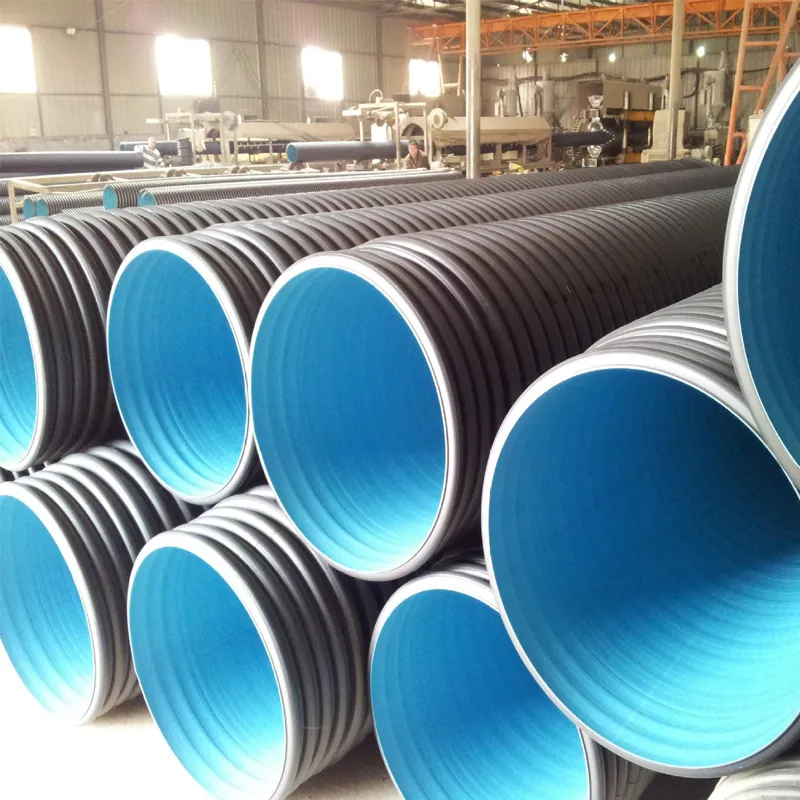
 (1)379.webp)
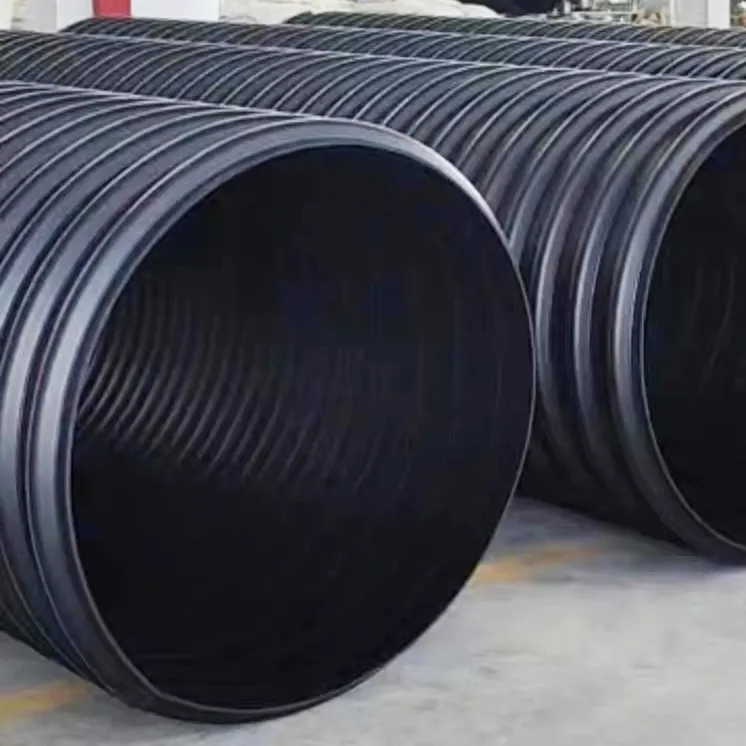
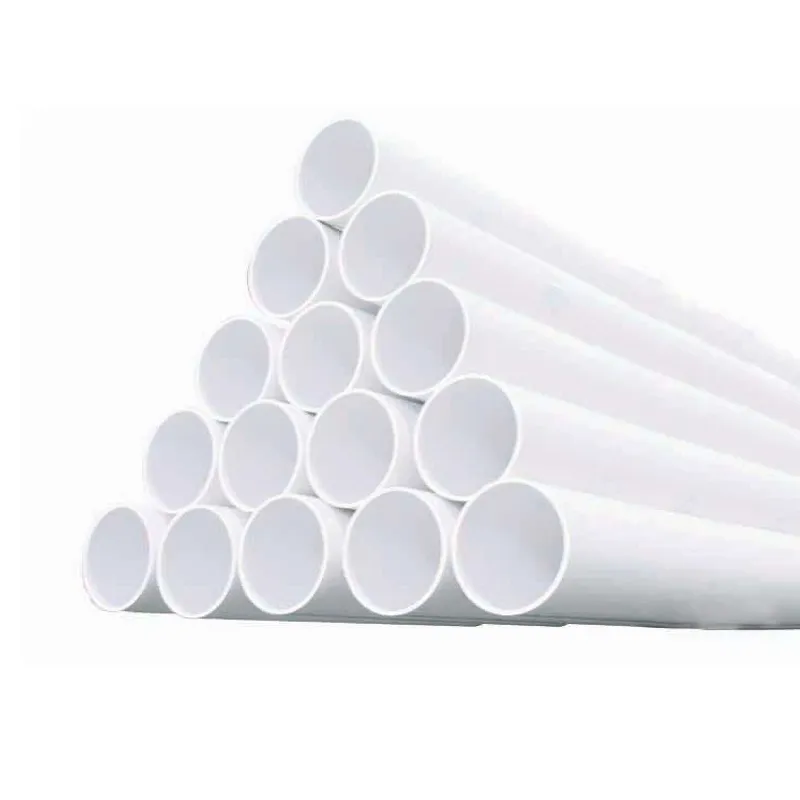
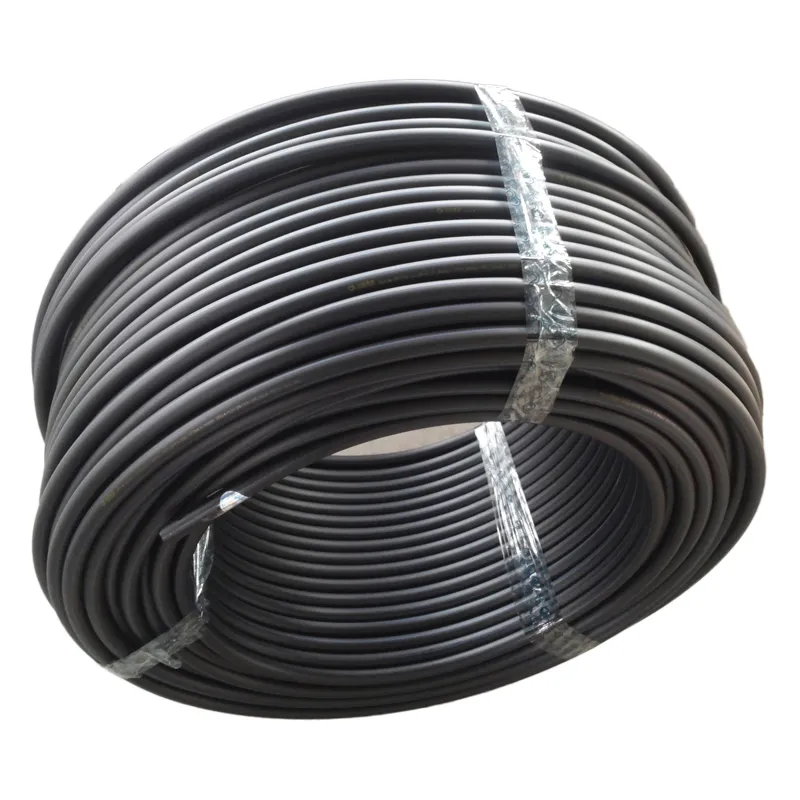
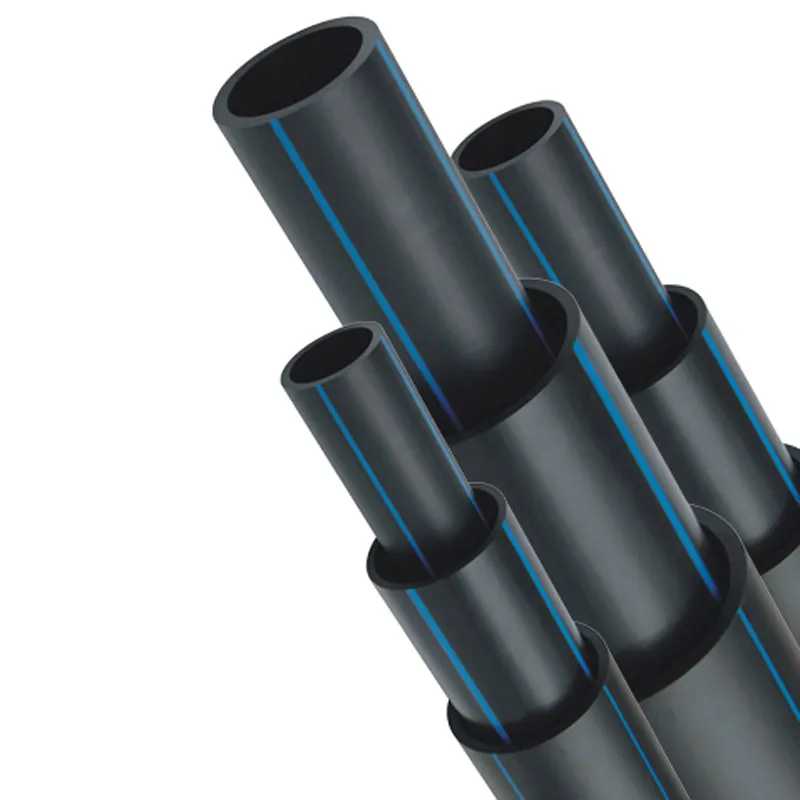

294.webp)
476.webp)
420.webp)
146.webp)
460.webp)
287.webp)
274.webp)
688.webp)


